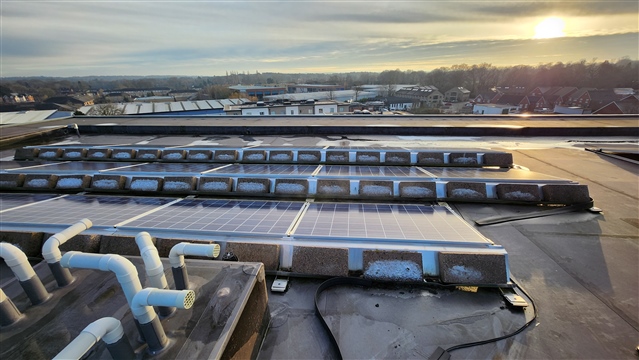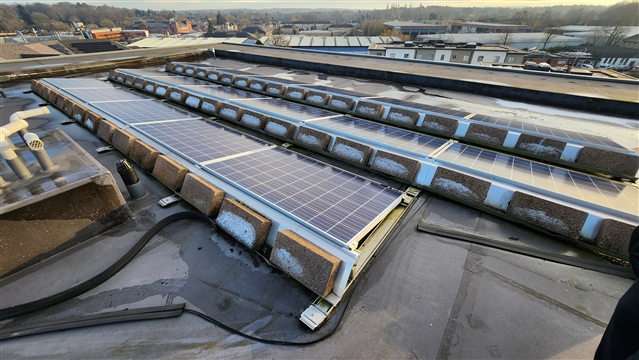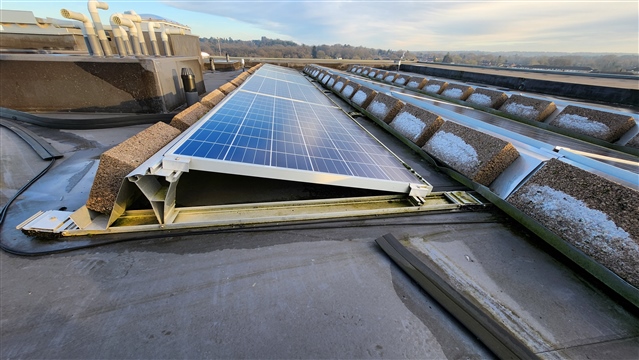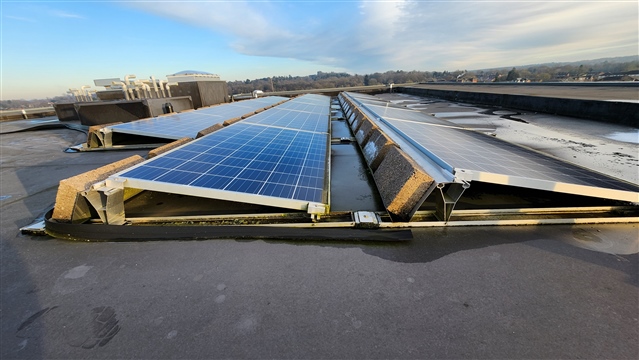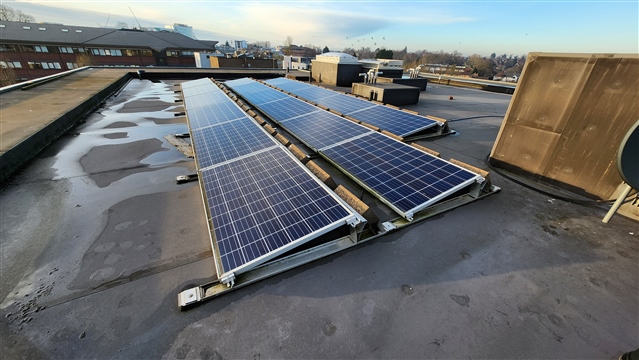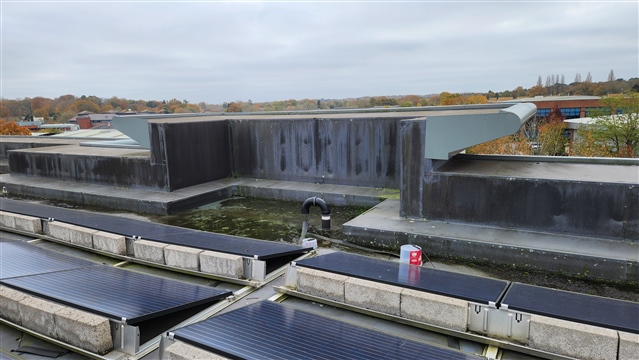I am the Director of the management company and have recently come across Solar PV installations on flat roofs where the cables and MC4 connectors are exposed to elements.
Is that allowed?
They are part of a brand new developments. We still have NHBC guarantee.
Solar PV installation was causing all kinds of problems with functionality and output. Can someone help?
Thanks.
